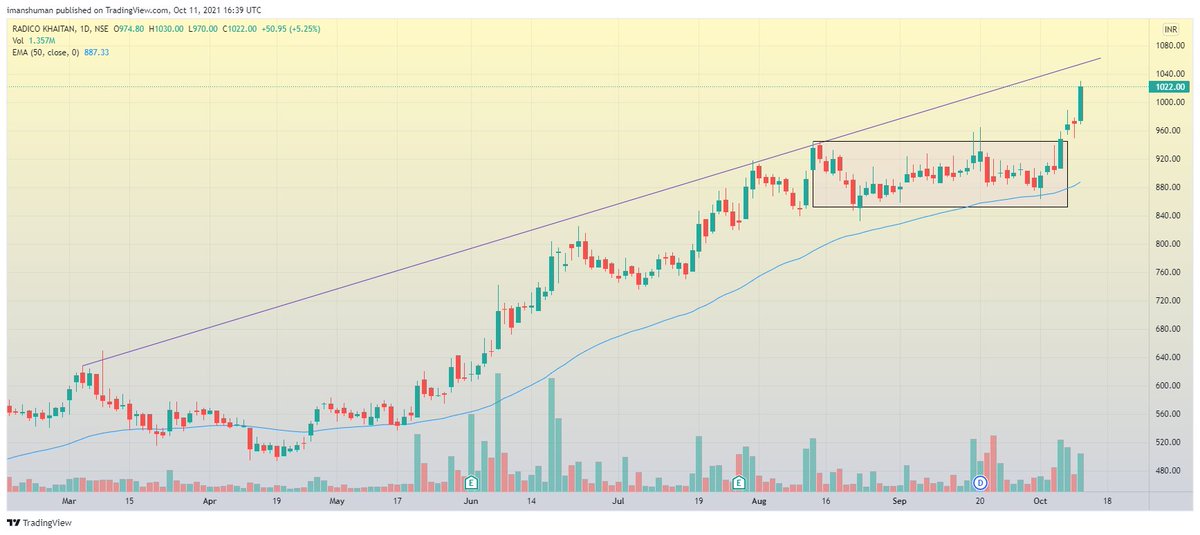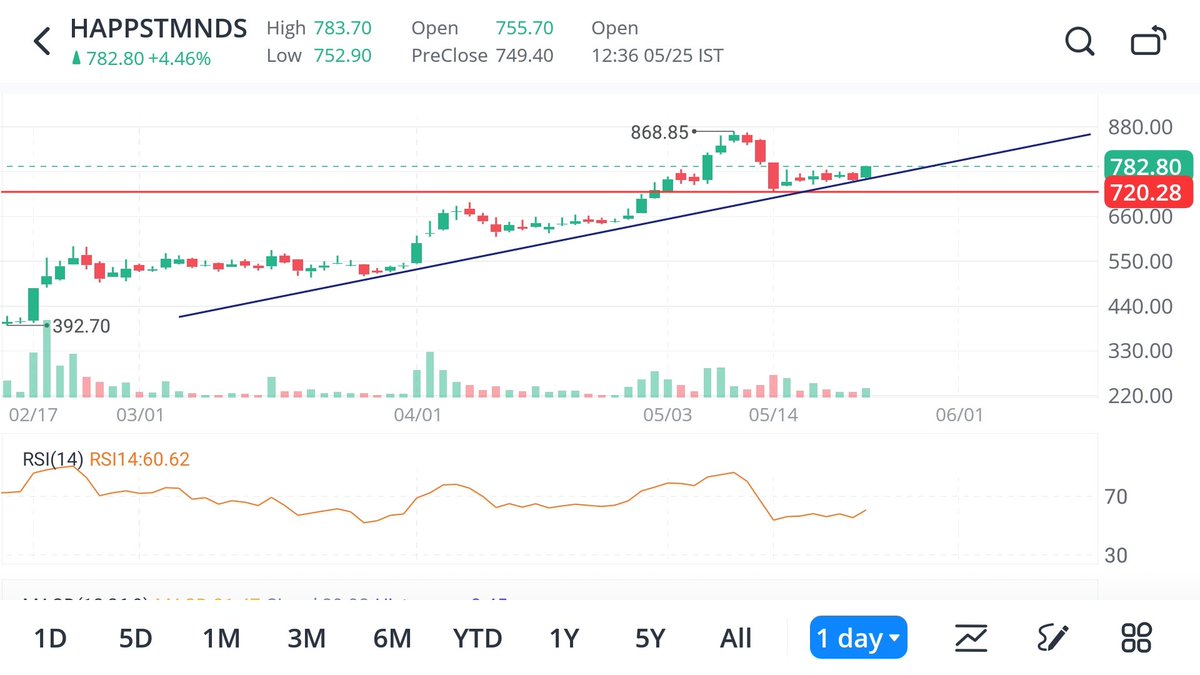TCS: Co. Approved Rs 18,000 Cr buyback at Rs 4,500 per share today
👉Let us know a brief on buyback.
👉 What is buyback , how will it benificial for shareholders and company itself.
Read the whole thread 🧵, if you like it plz share
Source BSE / Chittorgarh .com
1. Undervalued stock
When the management feels that their stock is undervalued, they adopt the buyback to rectify the stock price. Stock buyback reduces the number of shares in the market and thus gives a price boost to the remaining shares in the market.
The dividends get taxed at two levels. First, at the company level and a second time in the hands of the shareholders. However, in the case of a buyback, only the company is liable to pay a buyback tax.
The company promoters can increase its stake in the company by forfeiting the buyback offer. This strengthens their hold over the company and acts as a defense strategy in the case of hostile takeovers.
The capital structure of a company gets represented by its debt-equity ratio. Each industry has a different capital structure requirement.
1. Buybacks boost the share prices rectifying the prices of undervalued stocks.
2. Buybacks improve the company's Key Financial Ratios like EPS , ROE , Return on Asset.
3. Buyback provides an easy exit route for shareholders for undervalued stocks.
5. Buyback serves as a health check on the company's financial position as only the companies with good liquidity position are allowed to announce buyback offers.
1. The improvement in the financial ratios of the company may not be real. The increase may be due to a reduction in the denominator on account of a decrease in the number of equity shares and assets. However, that may not be a real profit.
1. Through tender offer
2. Through Open Market
3. Buyback of shares from Odd-lot holder
(This method of the buyback is less common in India)
1. To be eligible to participate in the Tender offer buyback, a person needs to be an existing shareholder as on the Record Date of the buyback offer.
In the Tender offer, the shares can either be in physical form or Demat form.
in an open offer, generally only the Demat shareholders can be a part of the buyback offer.
More from AnshumanCharts
You May Also Like
The entire discussion around Facebook’s disclosures of what happened in 2016 is very frustrating. No exec stopped any investigations, but there were a lot of heated discussions about what to publish and when.
In the spring and summer of 2016, as reported by the Times, activity we traced to GRU was reported to the FBI. This was the standard model of interaction companies used for nation-state attacks against likely US targeted.
In the Spring of 2017, after a deep dive into the Fake News phenomena, the security team wanted to publish an update that covered what we had learned. At this point, we didn’t have any advertising content or the big IRA cluster, but we did know about the GRU model.
This report when through dozens of edits as different equities were represented. I did not have any meetings with Sheryl on the paper, but I can’t speak to whether she was in the loop with my higher-ups.
In the end, the difficult question of attribution was settled by us pointing to the DNI report instead of saying Russia or GRU directly. In my pre-briefs with members of Congress, I made it clear that we believed this action was GRU.
The story doesn\u2019t say you were told not to... it says you did so without approval and they tried to obfuscate what you found. Is that true?
— Sarah Frier (@sarahfrier) November 15, 2018
In the spring and summer of 2016, as reported by the Times, activity we traced to GRU was reported to the FBI. This was the standard model of interaction companies used for nation-state attacks against likely US targeted.
In the Spring of 2017, after a deep dive into the Fake News phenomena, the security team wanted to publish an update that covered what we had learned. At this point, we didn’t have any advertising content or the big IRA cluster, but we did know about the GRU model.
This report when through dozens of edits as different equities were represented. I did not have any meetings with Sheryl on the paper, but I can’t speak to whether she was in the loop with my higher-ups.
In the end, the difficult question of attribution was settled by us pointing to the DNI report instead of saying Russia or GRU directly. In my pre-briefs with members of Congress, I made it clear that we believed this action was GRU.














